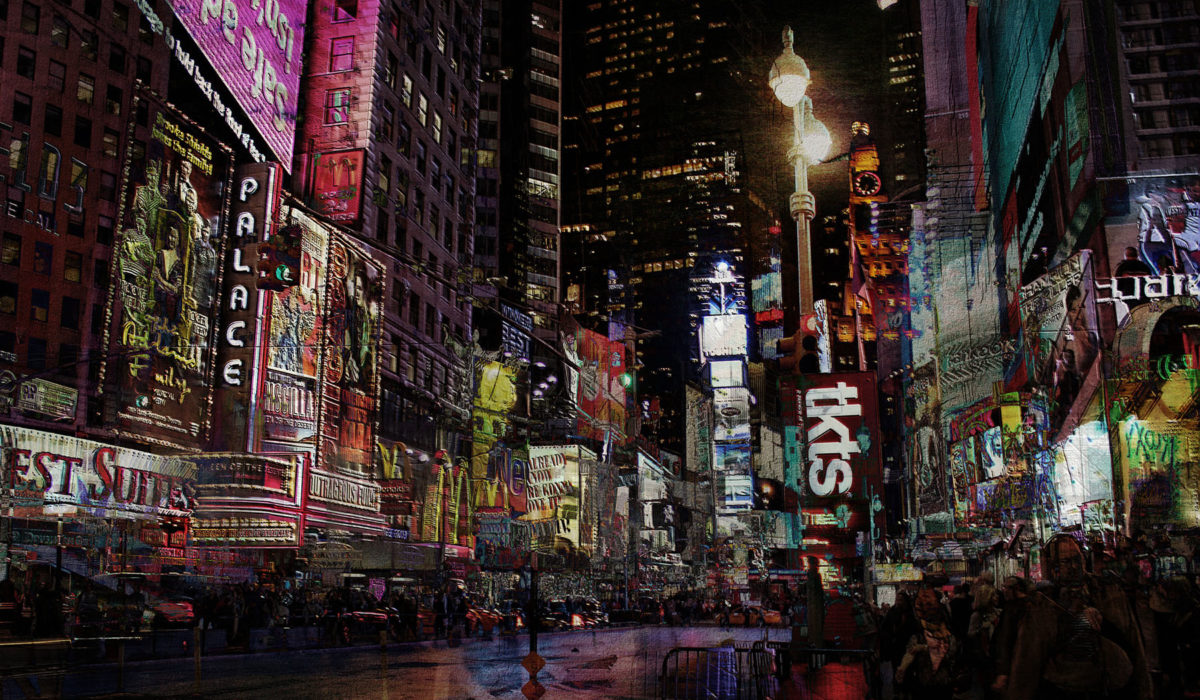— I tend to avoid the chaos and confusion of cities. I like things clean and simple, in both photography and in life. I moved to the mountains in part to escape the city. But I can still appreciate the chaos of cityscapes when they’re rendered as art. In fact, when a city is translated into art (frozen in time, stripped of its noise), I am able to see its grandeur and its dramatic beauty, and I am able to see what others love, mixed in with all its complexity.
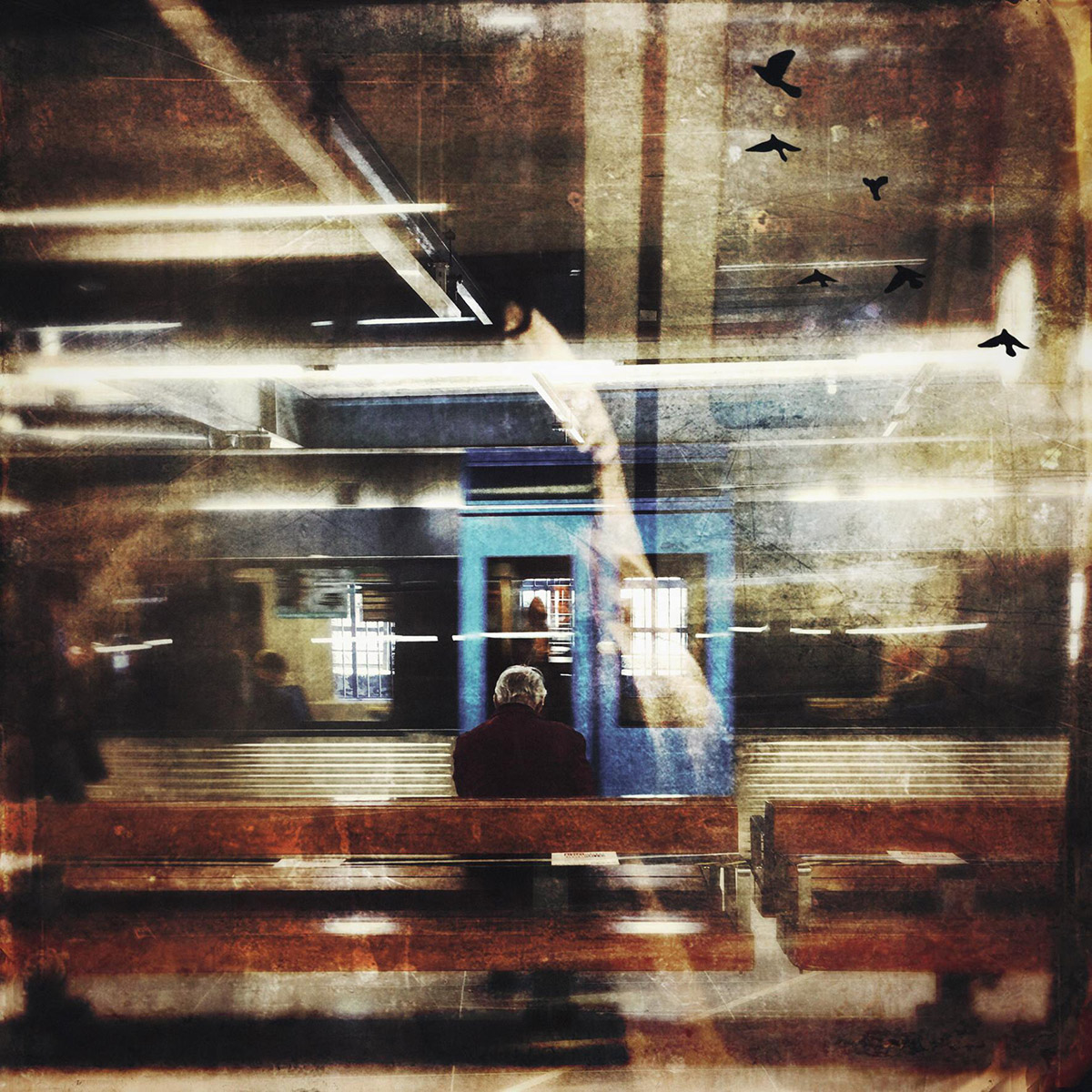
This is why I’ve been enjoying much of the work many of our advanced AWAKE artists have been creating the past few months. Cities from all over the world!
Comfortable on my mountain, surrounded by my cats and my books, I travel rarely. So it’s especially exciting to visit these places around the world, if only vicariously. And again, part of the joy in this for me comes from being able to see these cities through the eyes of our artists.
One of core ideas behind “AWAKE” is learning to move through the world as an artist, awake to the beauty around you, awake to the art to be found everywhere you look — IF you look for it.
These artists find beauty everywhere. And it’s wonderful to behold.
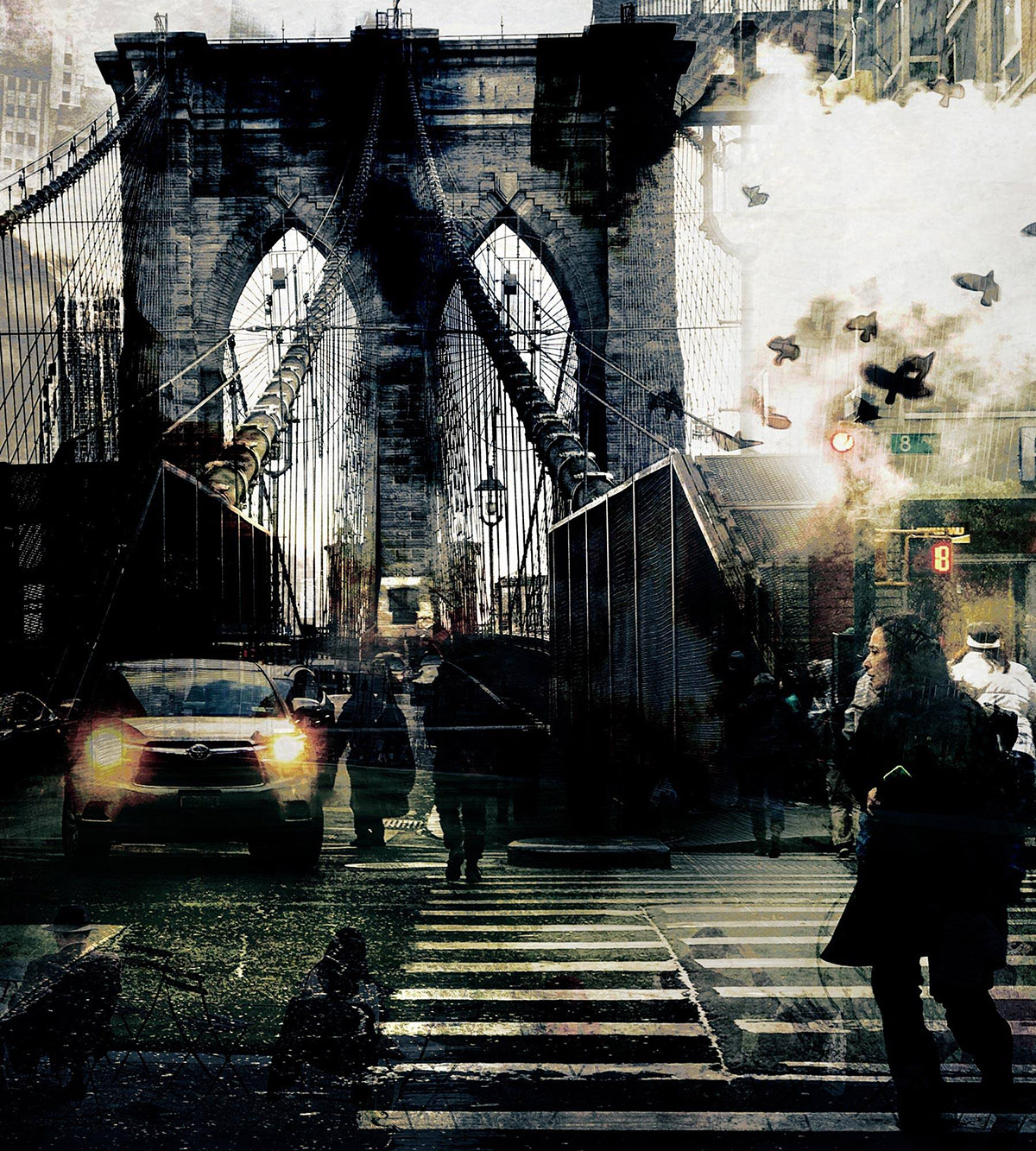
In looking at images like the ones showcased here, I find it fascinating to think about all the scores and scores of people (locals and tourists alike) who walk past these scenes every day, oblivious to the beauty (or at most sensing it but dimly).
An artist, however, sees.
And seeing the world in this way is in many ways no more than a habit. And like any habit, it’s something you can develop through practice.
How do you practice seeing beyond the surface (particularly amid such chaos and bustle and confusion) and train yourself to find the beauty? I think it comes down to a few simple steps:
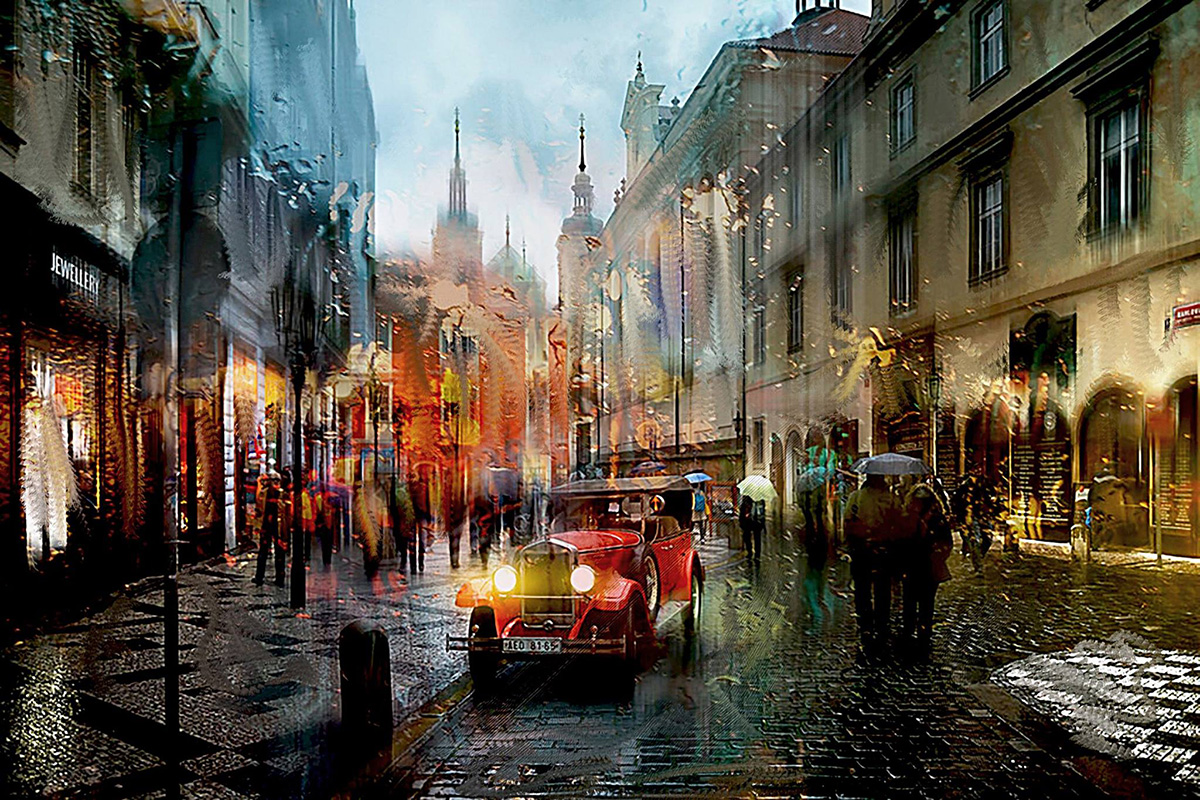
First — you must learn to SLOW DOWN. It’s hard to spot aesthetic possibilities when you’re hurtling through a crowd and worried about where you’re going to do lunch. So you have to make yourself sloooooow down. You have to make yourself stop from time to time, make yourself look, make yourself wait for something to emerge.
Second — it helps while you’re waiting to have an idea of where to stand! I know serious street photographers who harvest a dozen or more key vantage points they return to again and again at various times of day: locations presenting an interesting background, elevated locations looking down on interesting intersections, cafe windows they know they can shoot through to advantage. Of course, when you have all the tools of digital photo artistry at your disposal, you can merge and blend multiple images, finding art after the fact in even the most unexpected images. But if you can find just the right place to stand, you can often wait for something wonderful to take shape before your eyes.
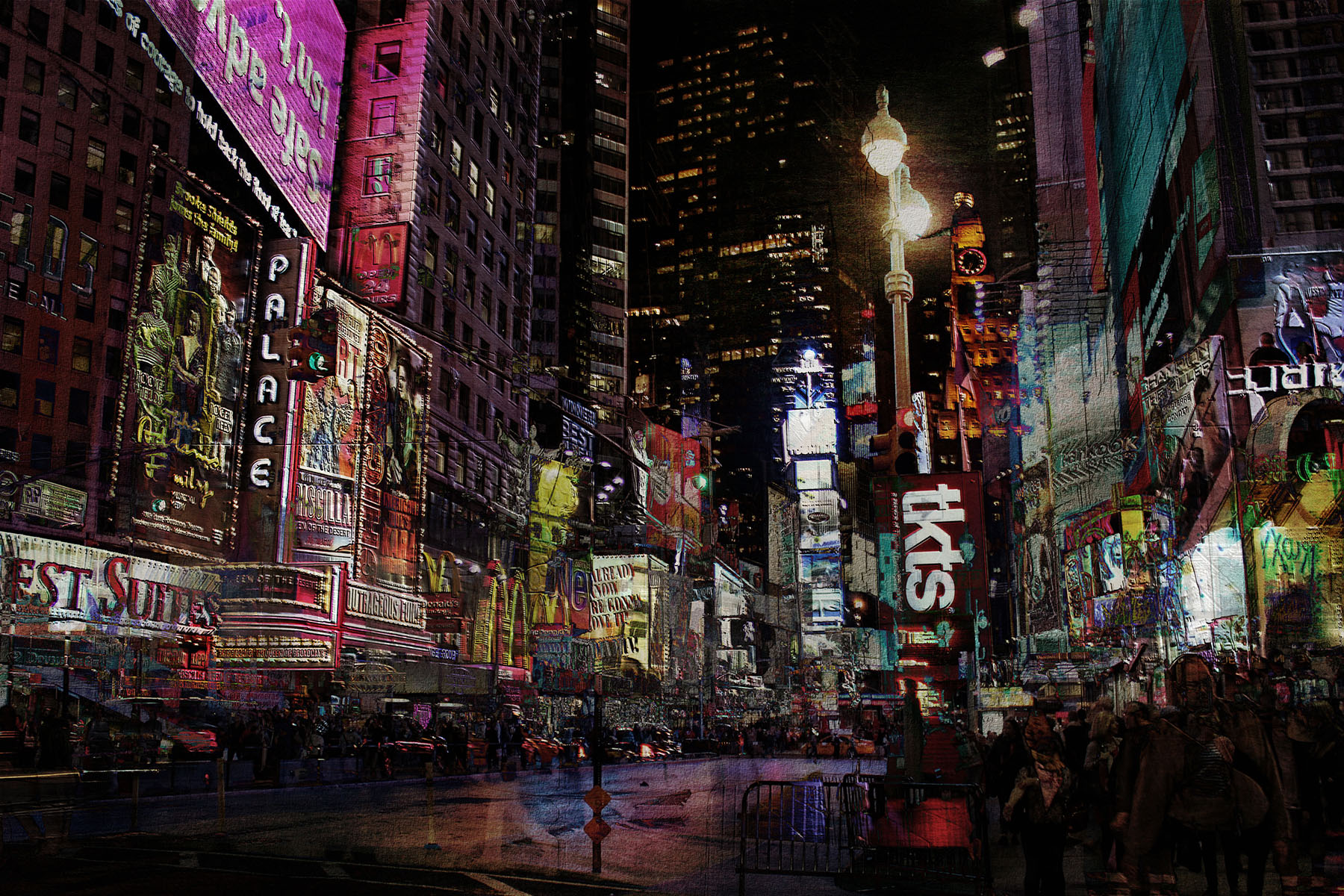
Third — having an experience of great city-based art beforehand can always prove helpful in training yourself to seek it out when you’re on the street yourself. All these extraordinary images our AWAKE artists have been creating lately are in themselves a fantastic education in how to turn a city scene into a work of art. You have but to sit with them a while, linger over them, and think through what it is that you like about them, what it is that makes them so interesting.
Granted, much of the power in these compositions comes in their rendering. That’s the power of photo artistry. This is photography pushed further. But assuming you have even a modicum of technique at your disposal, you can create some amazing images beginning with photographs captured amidst the bustle and grunge of a city street.
And it all begins simply enough:
It begins with immersing yourself in the thrum and roar of the city, armed with an eagerness to find something fantastic there … and then stopping long enough to see it.
– Sebastian

